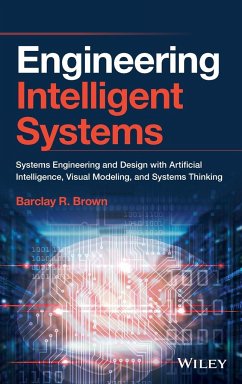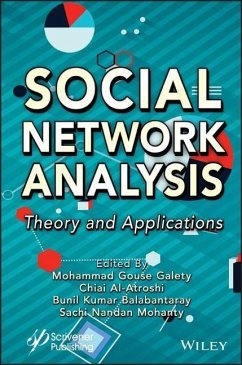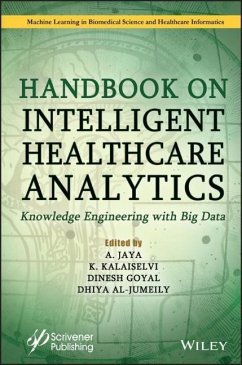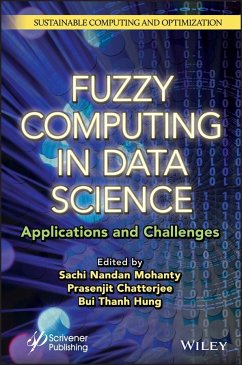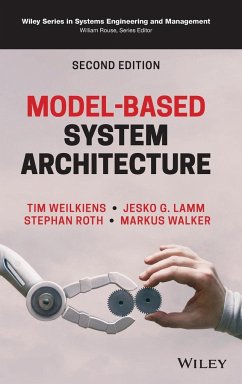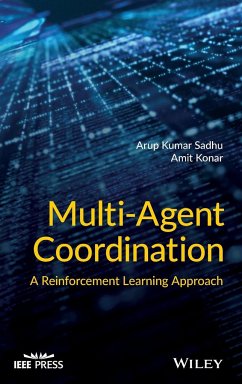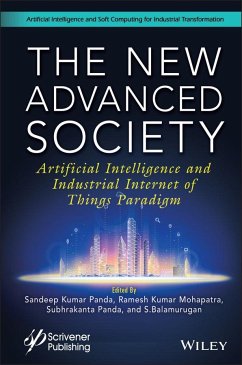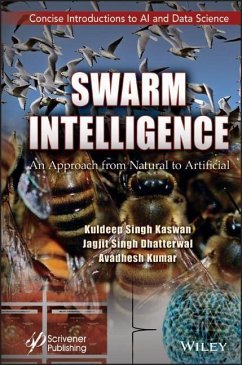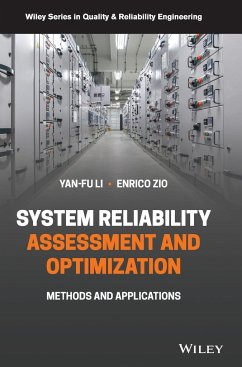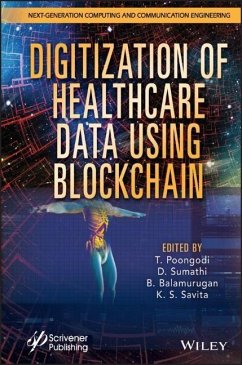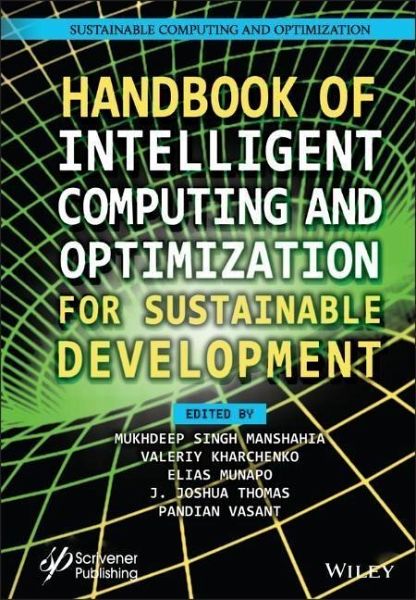
Handbook of Intelligent Computing and Optimization for Sustainable Development
Versandkostenfrei!
Versandfertig in über 4 Wochen
309,99 €
inkl. MwSt.
Weitere Ausgaben:

PAYBACK Punkte
155 °P sammeln!
Dieses Buch bietet einen umfassenden Überblick über die neuesten Entwicklungen und Fortschritte im Bereich der nachhaltigen intelligenten Computertechnologie, entsprechender Anwendungen und Optimierungstechniken in verschiedenen Branchen.Mit der rasant zunehmenden Nutzung von Kommunikationstechnologie und der Entwicklung von benutzerfreundlicher Software und künstlicher Intelligenz ist Optimierung ein wesentlicher Faktor geworden. Bei fast allen menschlichen Tätigkeiten besteht der Wunsch, mit möglichst geringem Aufwand möglichst gute Ergebnisse zu erzielen. Darüber hinaus ist die Optim...
Dieses Buch bietet einen umfassenden Überblick über die neuesten Entwicklungen und Fortschritte im Bereich der nachhaltigen intelligenten Computertechnologie, entsprechender Anwendungen und Optimierungstechniken in verschiedenen Branchen.
Mit der rasant zunehmenden Nutzung von Kommunikationstechnologie und der Entwicklung von benutzerfreundlicher Software und künstlicher Intelligenz ist Optimierung ein wesentlicher Faktor geworden. Bei fast allen menschlichen Tätigkeiten besteht der Wunsch, mit möglichst geringem Aufwand möglichst gute Ergebnisse zu erzielen. Darüber hinaus ist die Optimierung schon lange ein Schwerpunkt in den verschiedensten Anwendungsbereichen, von Problemen bei der Routenberechnung bis zur medizinischen Behandlung, über das Bau- und Finanzwesen, die Buchhaltung, das Ingenieurwesen und Wartungspläne für Industrieanlagen. Bei der Optimierung von realen Problemen kann es helfen, die Art des Problems zu verstehen und es in eine geeignete Klasse einzuordnen, damit der Entwickler die geeigneten Techniken für eine effiziente Problemlösung anwenden kann. Bei vielen intelligenten Optimierungstechniken lassen sich auch ohne Verwendung einer Zielfunktion optimale Lösungen finden, wobei auch die lokalen Bedingungen eine geringere Rolle spielen.
Die 41 Kapitel des Handbook of Intelligent Computing and Optimization for Sustainable Development wurden von Fachleuten aus verschiedenen Bereichen, darunter Mathematik und Informatik, Elektronik und Elektrotechnik, Neuro- und Kognitionswissenschaften, Medizin und Sozialwissenschaften, verfasst und vermitteln den Leserinnen und Lesern ein umfassendes Verständnis davon, welche Bedeutung intelligente Computertechnologie für die nachhaltige Entwicklung der modernen Gesellschaften hat. Erörtert werden zudem die neuesten Forschungsarbeiten an den theoretischen und praktischen Aspekten der erfolgreichen Implementierung neuer, innovativer intelligenter Techniken in den verschiedensten Bereichen, darunter beim IoT, in der Fertigung, bei der Optimierung und im Gesundheitswesen.
Mit der rasant zunehmenden Nutzung von Kommunikationstechnologie und der Entwicklung von benutzerfreundlicher Software und künstlicher Intelligenz ist Optimierung ein wesentlicher Faktor geworden. Bei fast allen menschlichen Tätigkeiten besteht der Wunsch, mit möglichst geringem Aufwand möglichst gute Ergebnisse zu erzielen. Darüber hinaus ist die Optimierung schon lange ein Schwerpunkt in den verschiedensten Anwendungsbereichen, von Problemen bei der Routenberechnung bis zur medizinischen Behandlung, über das Bau- und Finanzwesen, die Buchhaltung, das Ingenieurwesen und Wartungspläne für Industrieanlagen. Bei der Optimierung von realen Problemen kann es helfen, die Art des Problems zu verstehen und es in eine geeignete Klasse einzuordnen, damit der Entwickler die geeigneten Techniken für eine effiziente Problemlösung anwenden kann. Bei vielen intelligenten Optimierungstechniken lassen sich auch ohne Verwendung einer Zielfunktion optimale Lösungen finden, wobei auch die lokalen Bedingungen eine geringere Rolle spielen.
Die 41 Kapitel des Handbook of Intelligent Computing and Optimization for Sustainable Development wurden von Fachleuten aus verschiedenen Bereichen, darunter Mathematik und Informatik, Elektronik und Elektrotechnik, Neuro- und Kognitionswissenschaften, Medizin und Sozialwissenschaften, verfasst und vermitteln den Leserinnen und Lesern ein umfassendes Verständnis davon, welche Bedeutung intelligente Computertechnologie für die nachhaltige Entwicklung der modernen Gesellschaften hat. Erörtert werden zudem die neuesten Forschungsarbeiten an den theoretischen und praktischen Aspekten der erfolgreichen Implementierung neuer, innovativer intelligenter Techniken in den verschiedensten Bereichen, darunter beim IoT, in der Fertigung, bei der Optimierung und im Gesundheitswesen.




